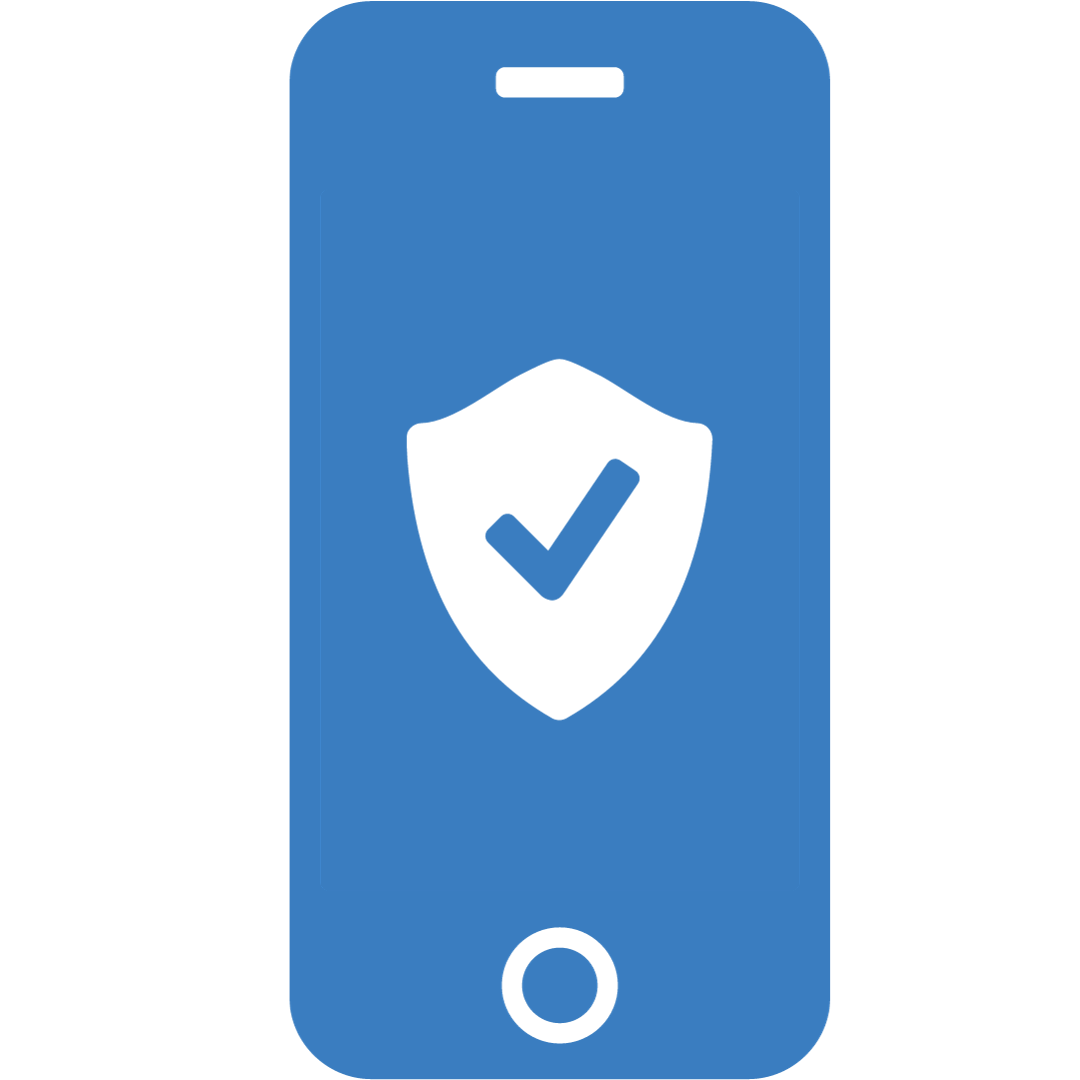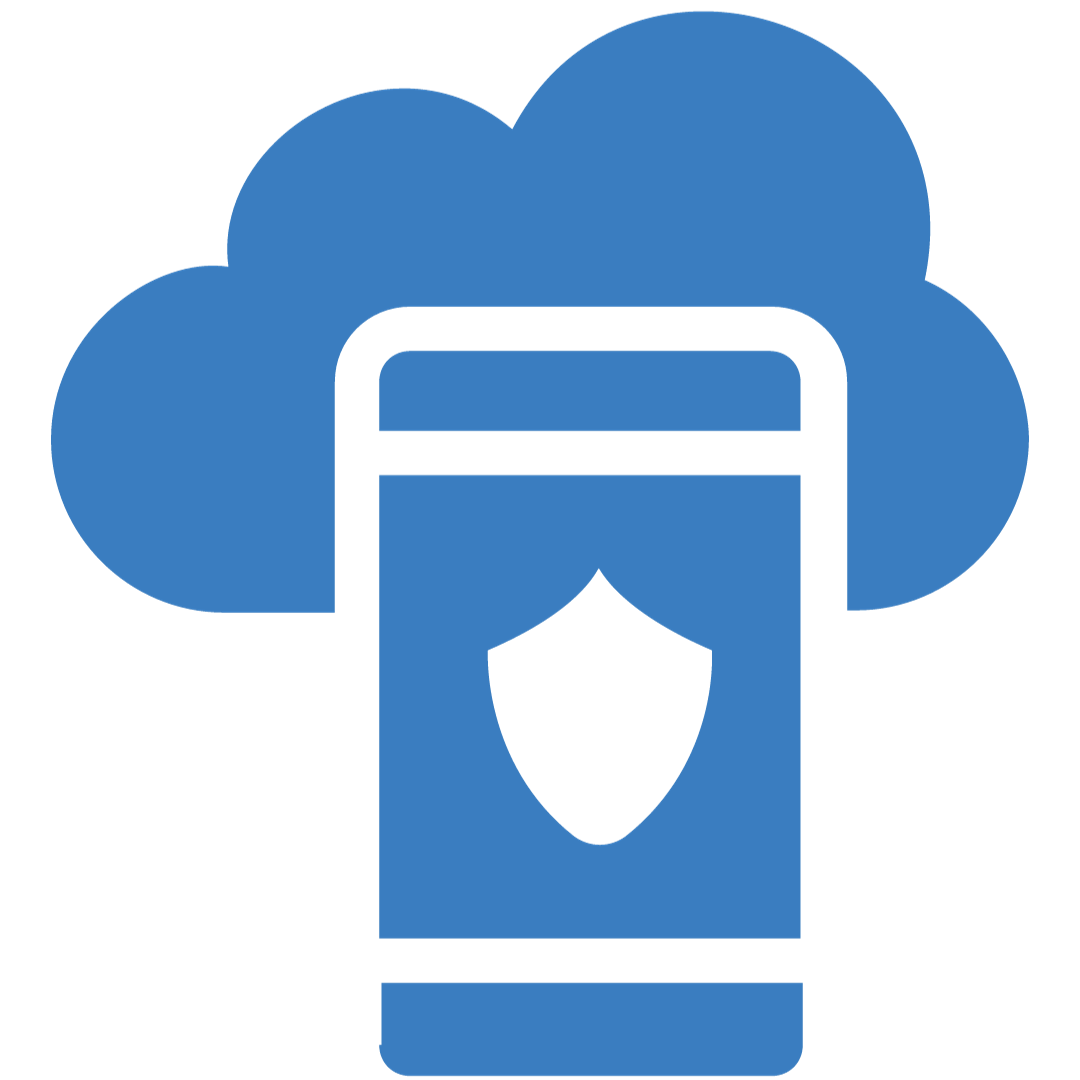Why Mobile App Security Should Be a Top Priority for Businesses: PART 2

While in ‘Why Mobile App Security Should Be a Top Priority for Businesses: Part 1’, we learned about the importance of mobile app security, the most common potential threats to mobile apps, the impact of a security breach on businesses, and the best practices for mobile app security, there’s a lot more to know about mobile app security. So let’s dive in!
Is Mobile App Security Testing a Must?
98% of mobile apps out there are like open doors for hackers? Yep, that's right! These apps have little to no security measures in place to stop cyber-criminals from sneaking in. 75% of them can't even pass the most basic security tests. These statistics are proof: mobile app security testing is a must!
Common Mobile App Pitfalls: Protecting Your User's Data

In the world of mobile applications, safeguarding user data is paramount. Before you conduct, mobile app security testing, perform mobile app security assessment. Failing to do so can result in a multitude of issues that compromise user privacy and security. Here are some common mobile app vulnerabilities:
1. Insecure Data Storage

The Problem: Storing sensitive data in a way that it can be accessed by other applications on the user's device.
The Risk: Malicious apps or users can easily access and misuse this data, leading to privacy breaches and potential legal repercussions which makes mobile app data encryption a must.
2. Weak Authentication and Authorization

The Problem: Implementing lax authentication and authorization processes that can be bypassed by malicious entities.
The Risk: Attackers can gain unauthorized access to user accounts or sensitive functionalities, posing a threat to user data and the app's integrity so it’s crucial to pay attention to mobile app authentication.
3. Flawed Data Encryption

The Problem: Flawed data encryption is also cause for concern. Using encryption methods that are known to be vulnerable or weak.
The Risk: Attackers with the right tools and knowledge can break the encryption, exposing sensitive data to theft or manipulation.
4. Unencrypted Data Transmission

The Problem: Transmitting sensitive data over the Internet without encryption.
The Risk: Any entity with access to the data's transmission path, such as on public Wi-Fi, can intercept and exploit this data, compromising user privacy.
These pitfalls can be exploited in various ways, whether it's by malicious apps lurking on a user's device or by attackers on the same network. To ensure the safety of user data, it's imperative to address these issues diligently in your mobile app development process.
Mobile App Security Testing and Assessment

To ensure the effectiveness of their security measures, businesses should conduct thorough mobile app security assessment and testing.
This includes static and dynamic analysis of the app's codebase to identify potential vulnerabilities.
- Static analysis: Involves examining the code without executing it
- Dynamic analysis: Involves running the app and monitoring its behavior to detect security issues.
Exploring Types of Mobile App Security Tests
To safeguard your mobile app from the lurking threats of the digital realm, you need a robust security testing strategy.
Vulnerability Scanning

- In this method, automated vulnerability assessment tools for web application are used to meticulously comb through your app's ecosystem, seeking potential weak points that malicious actors could exploit during an attack.
- Vulnerability scanners primarily focus on identifying known mobile app vulnerabilities, particularly within software dependencies.
- It examines overlooked loopholes within an app. It meticulously cross-references your app against a database of common vulnerabilities and their distinct characteristics.
- Any matches discovered are promptly reported to the developers or the quality assurance (QA) team.
Penetration Testing

- While vulnerability scanning provides automated insights, penetration testing for mobile apps takes a more hands-on approach to app security.
- In this scenario, ethical hackers come into play. They simulate real-world attacks to thoroughly evaluate your app's defenses and pinpoint vulnerabilities.
- Unlike vulnerability scanning, penetration testing introduces a human element, making it highly effective in revealing potential weak spots.
- These ethical hackers employ a range of techniques to infiltrate your app, mirroring the tactics of malicious attackers.
- What sets penetration testing apart is its ability to uncover genuine threats, minimizing false positives.
- Moreover, it excels in providing precise details about the location and nature of identified vulnerabilities.
Risk Assessment

- Mobile app risk assessment casts a broader net by considering all components and individuals within your app's ecosystem.
- It aims to identify the unique risks associated with each element in the event of a cyber attack.
- This comprehensive approach helps organizations apply specific security measures to safeguard critical assets.
Posture Assessment

- Posture assessment assesses the current state of your app's security posture, empowering developers to pinpoint areas in need of improvement.
- This assessment offers valuable insights into potential data vulnerabilities during an attack, the extent of disruptions to your business, estimated recovery times, and recommended preventive measures.
Implementing Secure Coding Practices

Secure coding best practices are essential for building secure mobile apps. Developers should follow guidelines and best practices to minimize the risk of introducing vulnerabilities into the codebase.
Input validation: One important principle is input validation. All user inputs should be validated to ensure they meet the expected criteria. This prevents attackers from injecting malicious code or exploiting vulnerabilities through unexpected input.
Avoid hardcoded secrets: Another practice to avoid getting hacked is avoiding hardcoded secrets, such as encryption keys or API credentials, in the app's code. Hardcoded secrets can be easily discovered by attackers, compromising the app's security. Instead, developers should utilize secure storage mechanisms or environment variables to store sensitive information.
Secure data storage is crucial for protecting user data. Encryption should be used to safeguard sensitive information both at rest and in transit. Additionally, safeguard data storage by ensuring sensitive data is securely wiped from memory when no longer needed to prevent unauthorized access.
Empower Your Team with Digital Security Training: A Definitive Approach

One of the most pivotal strides in fortifying your mobile environment revolves around comprehensive digital security training for your workforce. Educating your team about security intricacies and equipping them to discern risky behaviors, like phishing attempts, forms the front line of defense.
Envisage surprise tests, phishing prevention strategies encompassing phishing emails, texts, and other communications, to keep their skills sharp. These simulations should replicate real-world scenarios closely and serve as opportunities for refining their skills should they fall for the mock attempts.
Set Clear Boundaries with an Acceptable Use Policy

It’s crucial to ensure the responsible use of mobile devices and safeguard business data by setting up an all-encompassing acceptable use policy and mobile app security policies. This document should specify guidelines for employees when they access or utilize business data through their mobile devices. Outlaw downloading apps from third-party app stores and institute security best practices in writing. Furthermore, mull over instituting an app-vetting process to formally scrutinize and select secure applications for your team's use.
Safeguard Your Brand by Proactively Monitoring Rogue Apps

Uphold mobile app brand protection. Vigilantly monitor legitimate and illegitimate app platforms to promptly unearth apps that exploit your organization's name, logo, or messaging without authorization. Should you stumble upon such rogue apps, take swift action by liaising with the platform to ensure their prompt removal. This proactive vigilance shields your brand reputation and guarantees that only endorsed and secure apps stand affiliated with your organization.
Strengthen Your Defenses with a Mobile Security Suite

Elevating the shield around your mobile environment significantly hinges on adopting a comprehensive mobile security suite or mobile app security frameworks. Contemplate harnessing solutions such as the OneSpan Mobile Security Suite, which encompasses a plethora of pivotal security attributes, including mobile app shielding. This suite delivers an extra layer of security, safeguarding your app during runtime and in potentially precarious environments.
Craft a Secure Foundation with Security Best Practices

Security must weave seamlessly into every facet of your mobile application development journey. Arm your developers with profound knowledge in mobile app security best practices and frameworks like the OWASP Mobile Top 10. Routinely conduct automated mobile app security testing during the software development lifecycle (SDLC) to unearth and rectify vulnerabilities. Additionally, embark on periodic, in-depth penetration testing to delve further into the app's security. Finally, employ app shielding technology to fortify the app in environments fraught with risks, such as outdated or insecure devices.
Mobile App Security Tools and Technologies

To enhance mobile app security, businesses can leverage various tools and mobile app security technologies specifically designed for this purpose.
Static code analysis tools can help identify potential vulnerabilities in the app's source code. These mobile app security tools analyze the codebase and provide developers with insights into security weaknesses that need to be addressed.
Mobile app vulnerability scanning tools can automatically scan the app for known vulnerabilities and configuration issues. These tools often integrate with the development process and provide actionable recommendations for improving security.
Web application firewalls (WAFs) can protect mobile apps by monitoring and filtering incoming and outgoing traffic. They can detect and block malicious requests, helping prevent attacks such as SQL injection or cross-site scripting.
Mobile App Security for Different Platforms

Mobile app security considerations may vary depending on the platform on which the app is developed.
For iOS app security, businesses should adhere to Apple's guidelines and security recommendations. These include using secure APIs for handling sensitive data, implementing secure network communication using HTTPS, and properly configuring permissions and entitlements.
For Android mobile app security, businesses need to ensure that they follow the best practices outlined by Google. This includes using secure coding techniques, implementing proper access controls, and utilizing Android's built-in security features, such as app sandboxing and app signing.
Mobile App Security Trends and Future Considerations

Mobile app security is an ever-evolving field, with new threats and vulnerabilities emerging regularly. Staying updated on the latest mobile app security trends and considering future developments is crucial for businesses to effectively protect their mobile apps.
Emerging technologies, such as artificial intelligence in mobile app security and machine learning, can play a significant role in mobile app security. These technologies can help detect and mitigate security threats in real-time, providing businesses with enhanced protection against evolving attack vectors.
Additionally, the adoption of secure mobile app security development frameworks and libraries can simplify the implementation of secure coding practices. These frameworks often come with built-in security features and libraries that developers can leverage to minimize common security risks.
The Ongoing Need for Prioritizing Mobile App Security

All in all, ongoing mobile app security concerns should not be taken lightly. Mobile app security should be a top priority for businesses due to the sensitive data handled by mobile apps and the constant threat of cybercriminals. By investing in robust security measures, regularly updating mobile apps, and following best practices, businesses can safeguard user data and maintain customer trust.
Thorough security testing, secure coding practices, and the utilization of security tools and technologies are essential for effective mobile app security. Additionally, businesses should stay informed about the latest trends and future considerations in mobile app security to adapt to evolving threats.
By prioritizing mobile app security, businesses can mitigate the risks of security breaches, protect their reputation, and ensure the safety of their users' information. In an increasingly interconnected and digital world, mobile app security is a crucial aspect that businesses cannot afford to overlook. You can get in touch with our mobile app development experts to know more about mobile app security and how you can prevent security breaches!

At the Heart of SJ Innovation: How we Coordinate our International venture

FRIDAY FUN ACTIVITY : A MUST AT EVERY WORKPLACE


